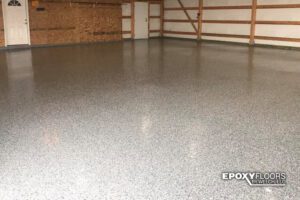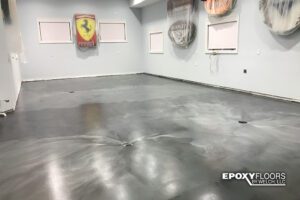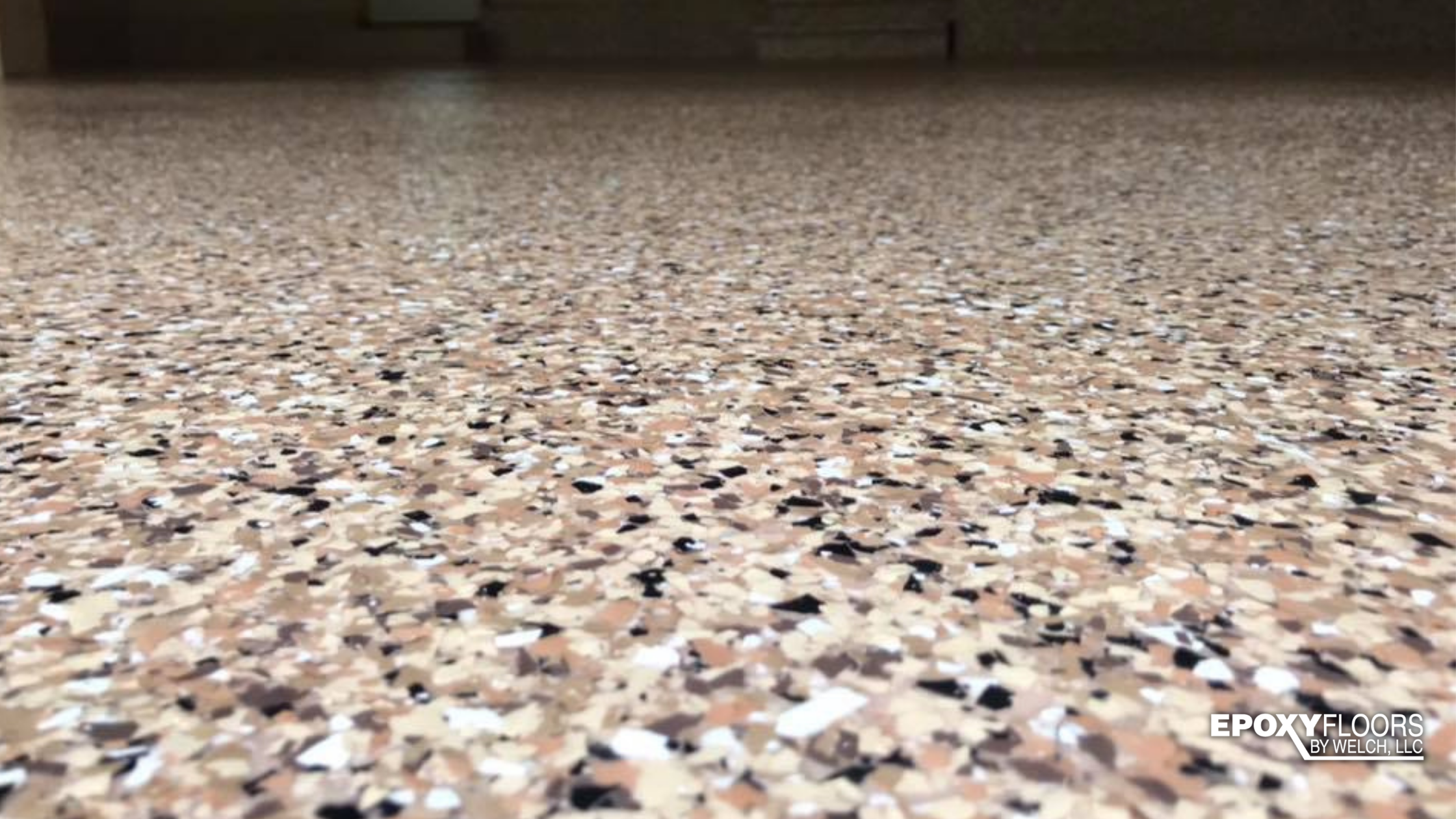You have options when it comes to improving the concrete floors of your residential, commercial, or industrial property. There are two prominent methods to make it not only look more sleek and shiny, but also stand up against marring and the ravages of time. These include:
- Applying an epoxy coating to the floor
- Polishing the floor
Let’s briefly explain what the two methods involve.
Epoxy coatings, made from a hardener called an epoxy resin, usually go over garage floors, showrooms, and even boat decks and kitchen countertops. The floor must be extensively prepared, though, starting with the removal of any old concrete sealant and the treatment of any imperfections in the floor: cracks, pitting, spalling, oil stains, and so on. Then, the concrete is profiled so as to reveal the pores that the epoxy will fill in.
Concrete polishing is not as laborious of a process; it’s very similar to that of sanding down a surface. Once any preexisting coating is removed, a machine using different abrasives grinds down the concrete to a point where it’s smooth and level, resulting in a glossy finish.
Polished or epoxy-coated floors can be ideal for:
- Office buildings
- Warehouses
- Retail stores
- Hospitals and medical clinics
- Hotels and restaurants
Is Epoxy Flooring Better than Concrete?
Now, in terms of quality, epoxy flooring can be considered superior to polished concrete. For one thing, epoxy flooring offers more protection against wear and tear, lasting longer and fully justifying the higher upfront cost. It’s also safe, whereas polished concrete easily becomes slippery when wet. In addition, poor sealing can cause moisture to seep into polished concrete floors and encourage mold and mildew growth.
Is Polishing Concrete Cheaper than Epoxy?
Yes, polishing your concrete is cheaper than applying epoxy floor coatings. On average, the cost is about half that of an epoxy floor. For the latter, you would be looking at somewhere between $4 and $5 per square foot.
What Are the Benefits of Polished Concrete?
The main purpose of polishing concrete is to make it more attractive as well as resistant to the elements, and it succeeds in that regard. Because their pores have become tightened, polished concrete floors can effectively repel water and oil rather than these substances seeping in and creating a stain. Though we said these floors can be slippery, the fact is that they present a vast improvement over ordinary concrete; polishing increases friction and makes it safer to walk on.
Appearance-wise, polished concrete offers greater light reflectivity, increasing visibility and minimizing the need for artificial lighting. Commercial and industrial properties become more attractive to employees, clients, and customers. Lastly, this option reduces the need for floor maintenance; no more scrubbing down for stains or waxing and stripping to keep the glossy look.
What Are the Disadvantages of Polished Concrete?
There is one key disadvantage: polishing concrete means polishing what’s already there, with all its imperfections. Grind down the floor enough, and one will eventually show the trenches in the concrete, which can be an undeniably ugly sight. Remember that there’s no way to get the same ideal look with every concrete floor; the current quality of your floor is what will determine the outcome.
What Are the Benefits of Epoxy Flooring?
With an epoxy coating, you won’t need to worry about chipping, scraping, and staining, among other things. Thus, epoxy floors are highly recommended for high-traffic areas. There’s also a safety benefit as the epoxy coating prevents concrete dust from being kicked up into the air and causing respiratory issues. In addition, the high solids epoxy that we use for our coatings is environmentally friendly, containing no volatile organic compounds (VOCs).
We also want you to know that our company adds a polyaspartic coating to the epoxy. This extra layer is five to six times stronger than the epoxy and boasts a high level of resiliency against chemicals and UVA rays.
Another benefit of epoxy flooring is that you get a wide range of color and finishing options to enhance the look. You can opt for a solid color or for patterns using colored flakes, then top it off with an anti-slip finish.
What Are the Disadvantages of Epoxy Flooring?
While this is among the most durable types of flooring, epoxy floors do cost more. You also need to factor in the work that must be done before laying down the epoxy coating: removing the old sealant, repairing cracks and other imperfections, and profiling the surface, among other steps.
Note that you will also need to pay extra for an anti-slip finish; without one, the floor can conceivably pose a safety hazard. We also wouldn’t recommend epoxy flooring for places where sparks are generated and molten metal is present; epoxy coatings can’t hold up well against these, nor can they tolerate high moisture levels.
If you have any other questions, call Epoxy Floors by Welch, LLC, today! We’re sure to have the flooring solution for you.




